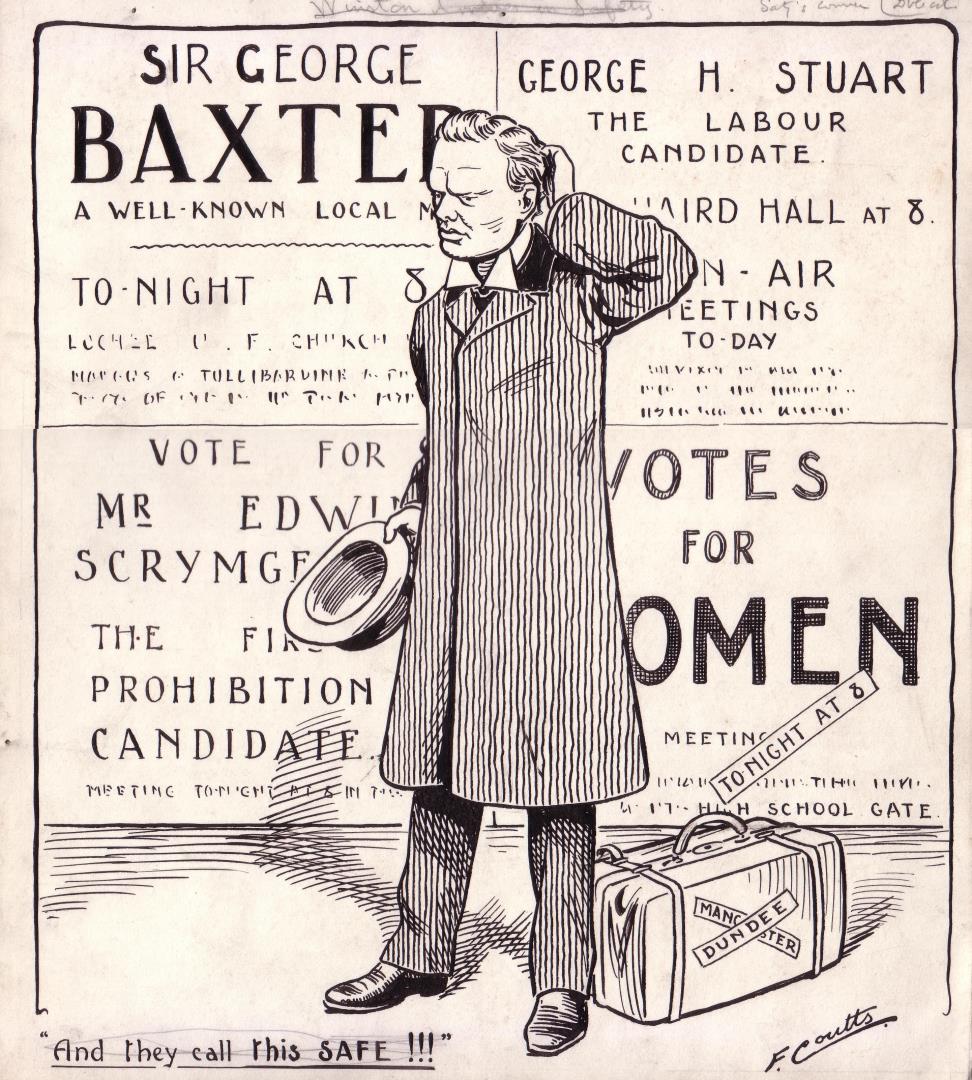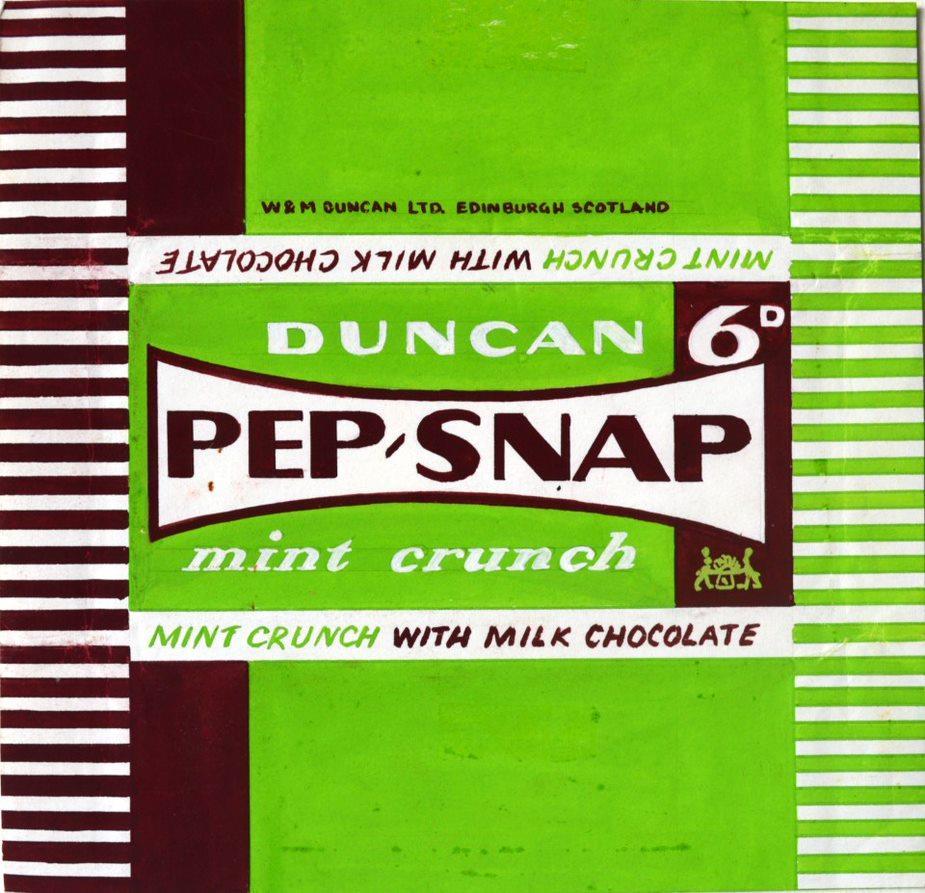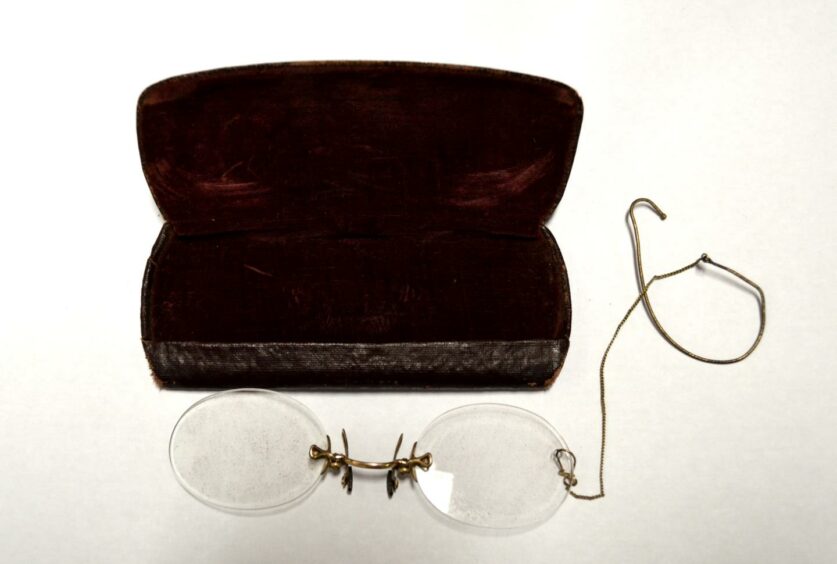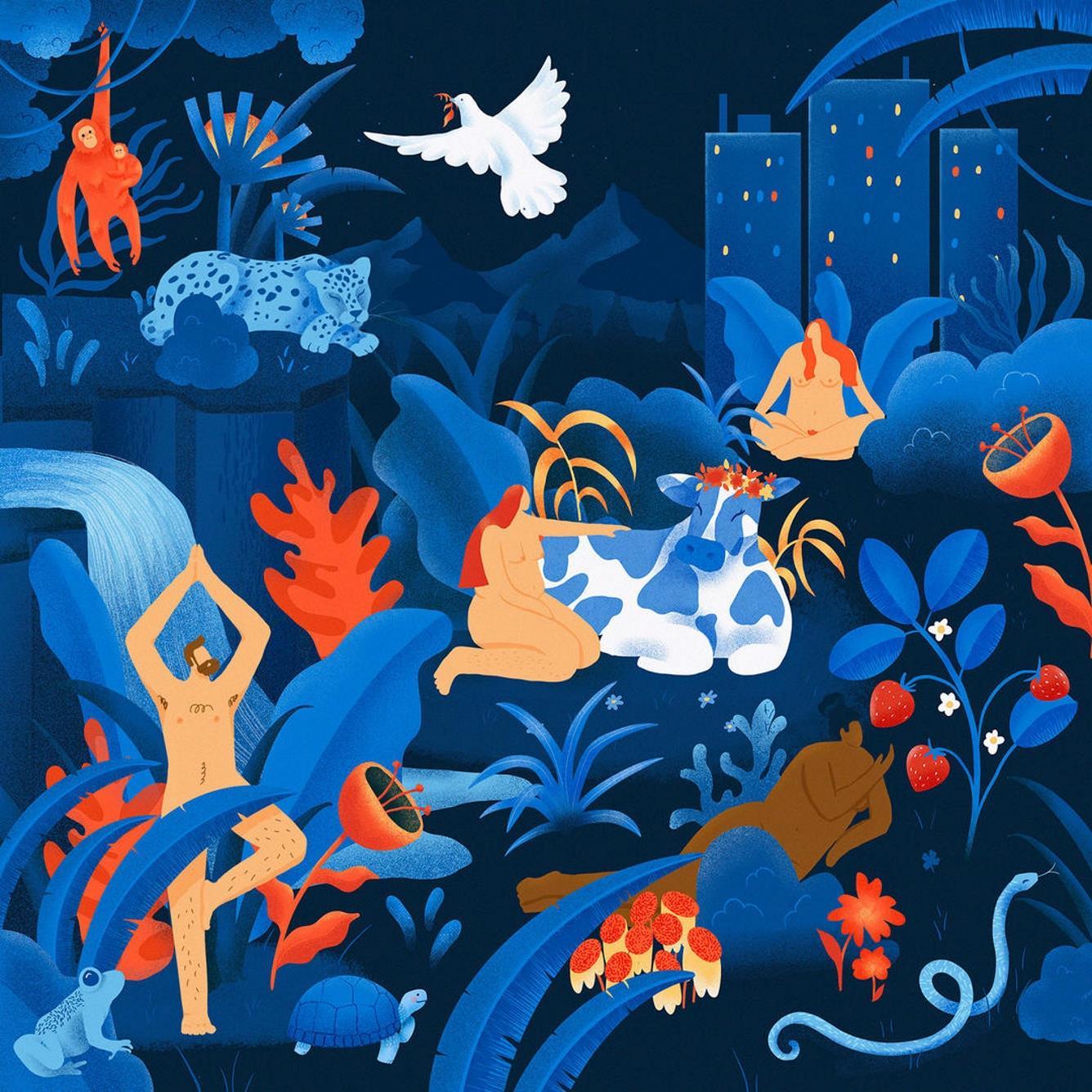Original comic art including Star Wars and Guardians of the Galaxy are among the highlights of a new exhibition in Dundee.
Fans can flock from a galaxy far, far away to the Tower Foyer Gallery at Dundee University to view some of the newest additions to its collections.
These include a full-page Star Wars comic strip by master illustrator Cam Kennedy, whose earliest work was the Commando comics he drew in the 1960s and 1970s.
The 77-year-old artist was the illustrator of the Star Wars: Dark Empire, Star Wars: Dark Empire II and most of the Star Wars: Boba Fett comics series.
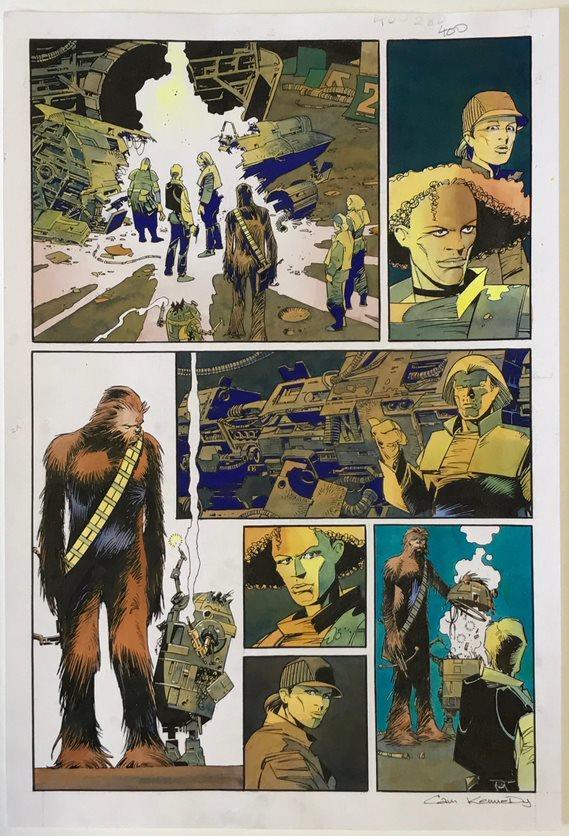
He also illustrated Empire 7 and the covers for Classic Star Wars: The Empire Strikes Back 2, Jabba the Hutt: The Gaar Suppoon Hit and Star Wars Tales 18.
Star Wars comics have been produced by various publishers since the first film launched itself on to the big screen in 1977 in a blaze of blasters.
Kennedy joined the Star Wars team in the 1990s and is also known for his work with Judge Dredd co-creator John Wagner on Outcasts and Batman for DC Comics.
The university has more than 33,000 objects, artworks and specimens which are cared for by curator Matthew Jarron as a public museum service.
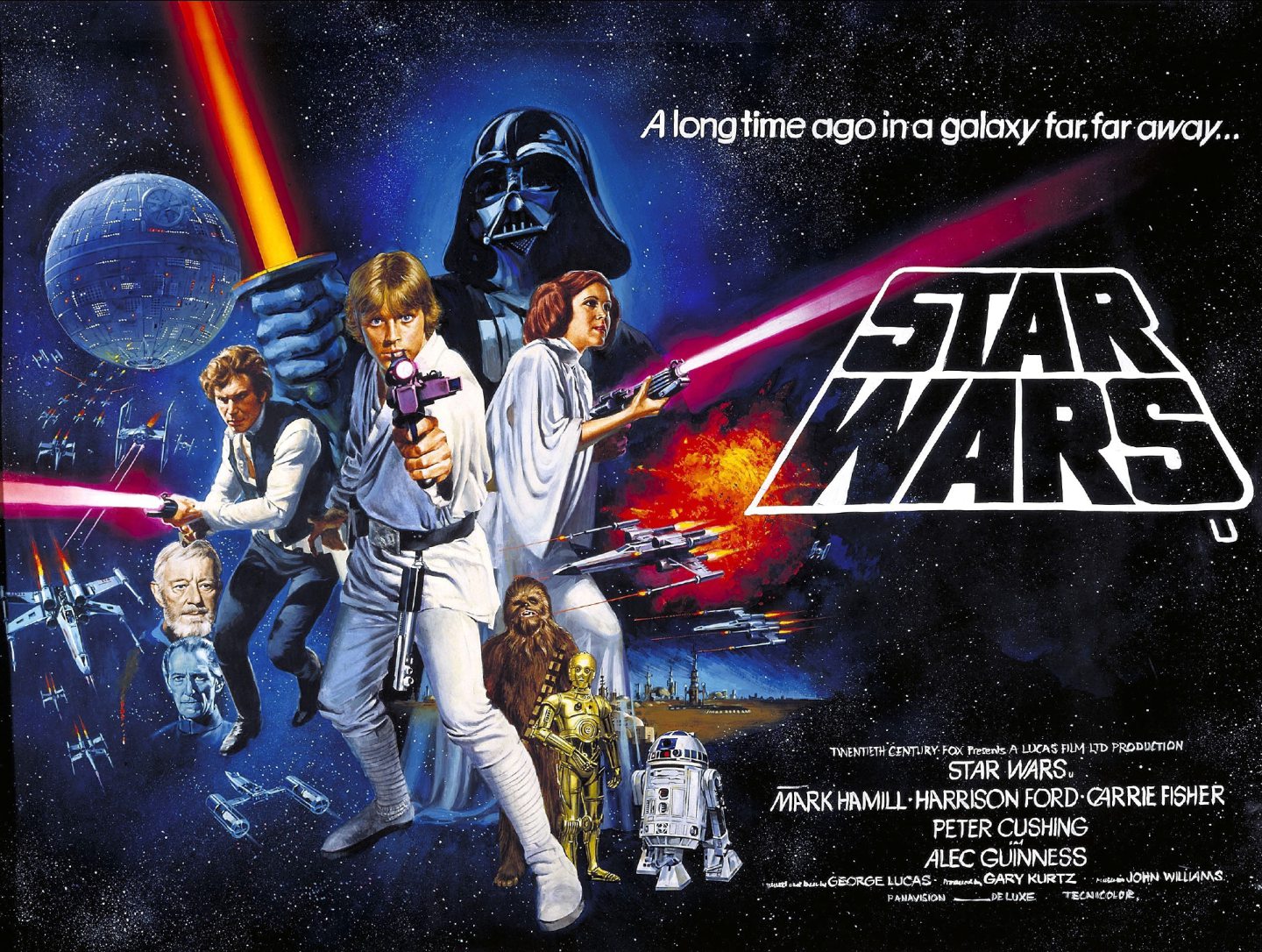
The Recent Acquisitions exhibition centres on showcasing recent discoveries that the university has added to its museum collections.
Matthew said: “Thanks to DC Thomson, Dundee is of course one of the most notable centres of comics production so it’s appropriate that we celebrate this amazing artform.
“We’re also showing in the exhibition a wonderful political cartoon created for The Courier by Frank Coutts, a staff artist who also studied at the art college.
“It shows Winston Churchill arriving in Dundee for his first political campaign here in 1908.
“Coutts went on to create many more cartoons of Churchill, who served as an increasingly unpopular MP for Dundee until 1922.”
Matthew said other notable artworks at the exhibition included several items which have been used by the university to make groundbreaking discoveries.
“Our collections are always growing and items come to us in a variety of ways,” he said.
“Many come from within the university itself – a department will be having a clear-out and find some interesting artefacts tucked away in a cupboard somewhere.
“An interesting example of that is the early laptop on show in the exhibition.
“The Epsom HX-20 came out in 1982 and was the first portable computer.
“Our one was used by the celebrated physicist Peter Le Comber.
“His work on amorphous silicon with Walter Spear – which started in the 1970s – was instrumental in the development of liquid crystal displays for use in flat screen TVs, solar panels – and laptops!”
Many items in the university’s collections are donations, including 100 design pieces created by Kathleen Butlin who studied at Dundee College of Art in the 1950s.
She graduated in 1954 with a diploma in design.
Along with fellow graduate Moira Macgregor, later to become a celebrated fashion illustrator, she was awarded a travelling scholarship which took them both to Paris, Rome, Florence, Venice and Milan.
She went on to work within the commercial design industry, creating eye-catching designs for a wide range of products including tourist guidebooks, biscuit tins, ice lollies, plum pudding and even dried peas.
She died, aged 89, in 2021.
Matthew said: “Another unique donation came to us in 2021 from the famous pioneer of minimal access or keyhole surgery, Professor Sir Alfred Cuschieri, who first came to Dundee as professor of surgery in the Medical School at Ninewells in 1976.
“It’s actually a bronze cast of his hands, made at the art college at the time he first retired in 2003.
“He later came back as senior scientific adviser to the Institute of Medical Science and Technology at Ninewells, a role he still holds today.”
Matthew said that some donations may not seem very exciting at first but a bit of research often reveals a fascinating story behind them.
“This pair of pince-nez belonged (according to the name on the case they came in) to a Dr Robert Miller of Dundee Eye Dispensary, 80 Nethergate,” he said.
“There was a Dundee Eye Institute at 86 Nethergate, which later moved to no 136 and survived right up to the 1980s.
“At first we thought they must be the same place, but one of our volunteers looked into it and found that Miller seems to have set his dispensary up in direct competition to the institute, and often got in trouble for stealing its patients.
“He also regularly took his own patients to the debtors’ court for not paying their bills.
“He always conducted his own cases and visitors to the court could be assured of ‘good entertainment’ when he was there!
“The glasses were found in a car boot sale in the USA where someone bought them and sent them to us for the Medical History Museum.”
Matthew added that the university also tries to purchase items from the annual degree shows as a way of supporting and promoting its students.
He said: “We’ve included several examples in the exhibition including illustration, printmaking, textiles and jewellery.
“One of my favourites is a digital print by illustration student Jurgita Vasiliauskaite.”
The university’s exhibition is being held in the Tower Foyer Gallery from Monday to Friday between 9.30am and 7pm until April 1.
Tickets can be purchased at the event’s website.
More like this:
My Old School: Story of schoolboy imposter who was exposed in Dundee to screen at Sundance
Trip back in time: 100 years since the opening of Dundee Training College
Sketches and rare images chart the rise of Dundee’s iconic Tower Building

